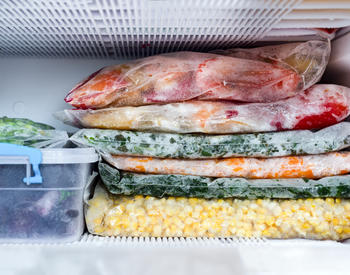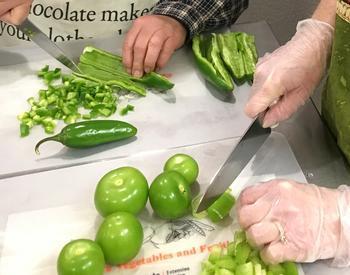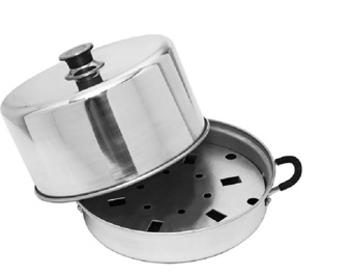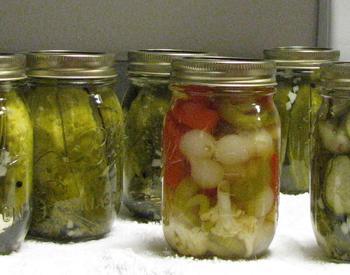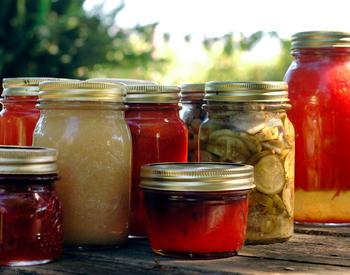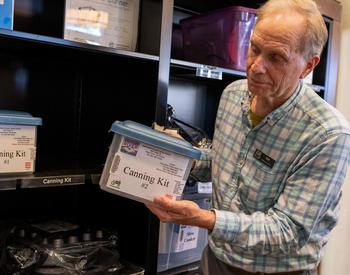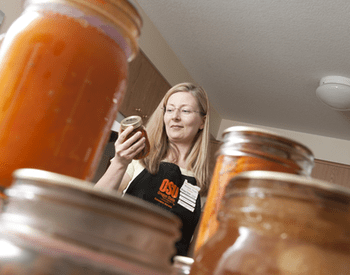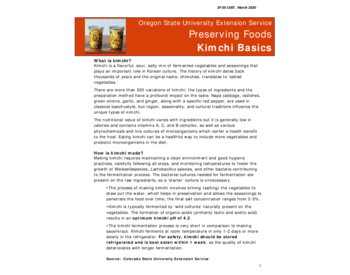Download this publication as a PDF
There are many varieties of figs grown in the Northwest. Some ripen early in the summer and others in the fall. Figs should ripen on the tree before picking. They can be canned, frozen, dried or made into a variety of preserves.
Figs are a low-acid fruit. Any canning recipes should include the addition of an acid — usually lemon juice, vinegar or citric acid — to ensure that the product is safe.
Canning
Select firm, ripe, uncracked figs. The color at maturity depends on the variety. Do not can overripe figs with very soft flesh.
It will take an average of 16 pounds of figs for 7 quarts or 9 pints (an average of 2½ pounds per quart).
Wash figs thoroughly. Drain. Do not peel or remove stems. Cover figs with water and boil 2 minutes. Drain. Gently boil figs in light syrup (1½ cups sugar to 5¾ cups water) for 5 minutes. Fill jars with hot figs and cooking syrup. Add:
- 1 tablespoon lemon juice per pint (or 2 tablespoons per quart), OR
- ¼ teaspoon citric acid per pint (or ½ teaspoon per quart)
This is essential to prevent the growth of Clostridium botulinum bacteria.
Leave ½-inch headspace, adjust lids and process in a boiling water canner: 45 minutes for pints and 50 minutes for quarts.
- At 1,001–3,000 feet altitude, process pints for 50 minutes, quarts for 55 minutes.
- At 3,001–6,000 feet, process pints for 55 minutes, quarts for 60 minutes.
- Above 6,000 feet, process pints for 60 minutes, quarts for 65 minutes.
After processing, take canner off heat. Remove lid and wait 5 minutes before removing jars.
Freezing
Select fully ripe fruit; wash, and peel if desired.
Figs can be frozen in several ways.
- Sugar pack: Roll the whole figs or halves in sugar before packing into freezer bags or containers.
- Syrup pack: Pack figs into freezer bags or containers and cover with a sugar syrup before freezing.
- Dry pack: Place figs in freezer bags as tightly as possible without mashing and seal.
- Individual quick freezing: Figs can be frozen in a single layer on cookie sheets before packing in containers. This prevents them from sticking together. This can be used with either sugar-pack or dry-pack figs.
Regardless of the method chosen for freezing, the containers should be sealed, labeled and frozen as quickly as possible.
Pickling
Figs make great fruit pickles since they are naturally high in sugar. Select firm ripe fruit for pickling.
Fig Pickles
Yield: Approximately 8 pints.
- 4 quarts firm, ripe figs (about 30 medium figs)
- 5 cups sugar
- 2 quarts water
- 3 cups vinegar
- 2 sticks cinnamon
- 1 Tbsp. whole allspice
- 1 Tbsp. whole cloves
Peel figs. (If unpeeled figs are preferred, pour boiling water over them and let stand until cool; drain.) Add 3 cups sugar to water and cook until sugar dissolves. Add figs and cook slowly for 30 minutes. Add 2 cups sugar and the vinegar. Tie spices in a cheesecloth bag and add to figs. Cook gently until figs are clear. Cover and let stand 12–24 hours in refrigerator. Remove spice bag. Heat figs; pack hot into jars leaving ¼-inch headspace. Remove air bubbles. Adjust lids and process pints and quarts for 15 minutes in a boiling water canner. After processing, take canner off heat. Remove lid and wait 5 minutes before removing jars.
Source: So Easy to Preserve, 6th Edition, Cooperative Extension, The University of Georgia
Drying
Figs are naturally sweet and are excellent when dried. The sugar content increases as they ripen so they should be fully ripe before drying.
Wash, remove stems and peel if desired. Large figs may be halved or quartered or sliced to shorten the drying time. Dry with the skin-side down. No pretreatment is necessary. Figs are dry when they are leathery and there are no pockets of moisture.
Dried figs can be used in fruit salads, cookies, breads, cakes and puddings. They can also be stewed and used in dried fruit compotes.
Jam and preserves
Figs make excellent jams and preserves. There are many recipes available from commercial pectin sources.
Source: OSU Master Food Preserver Program


